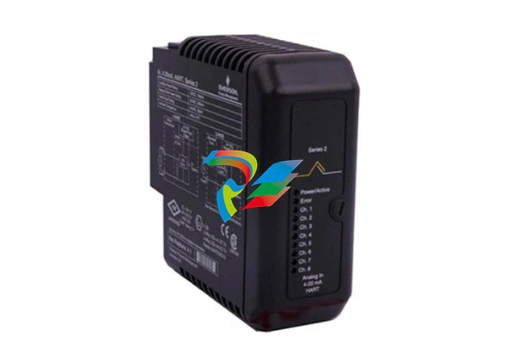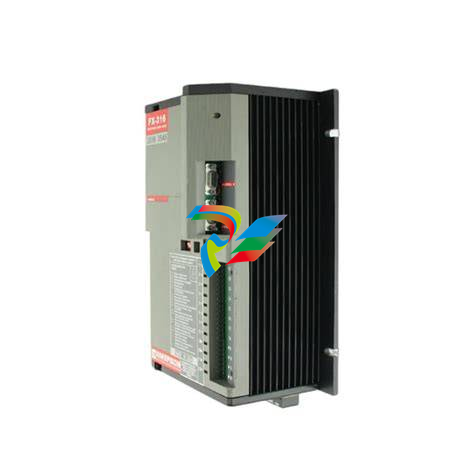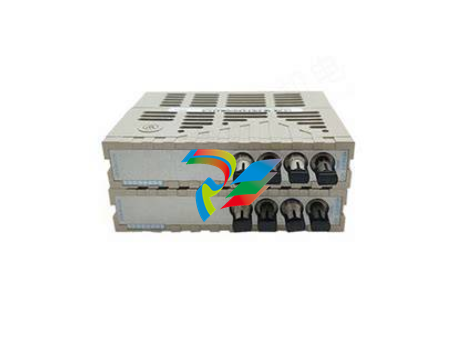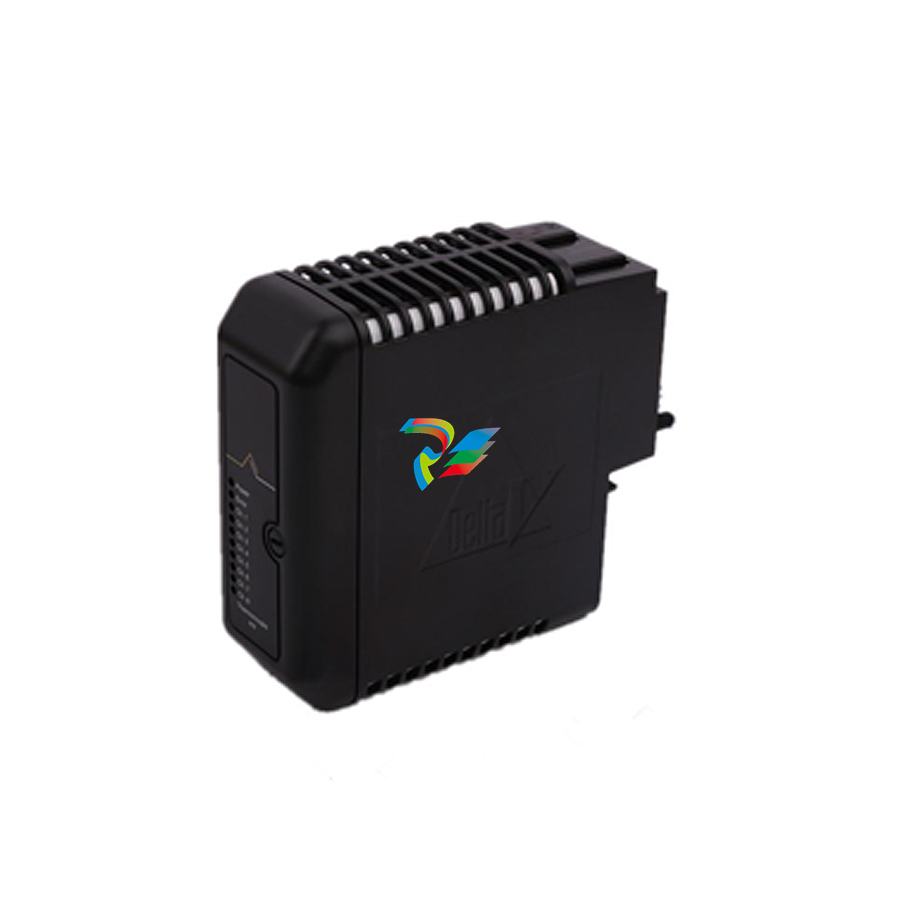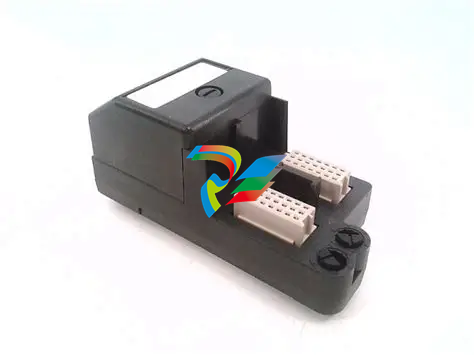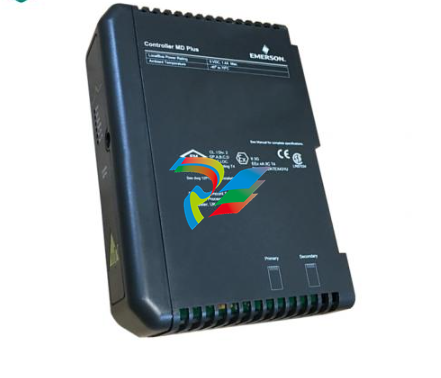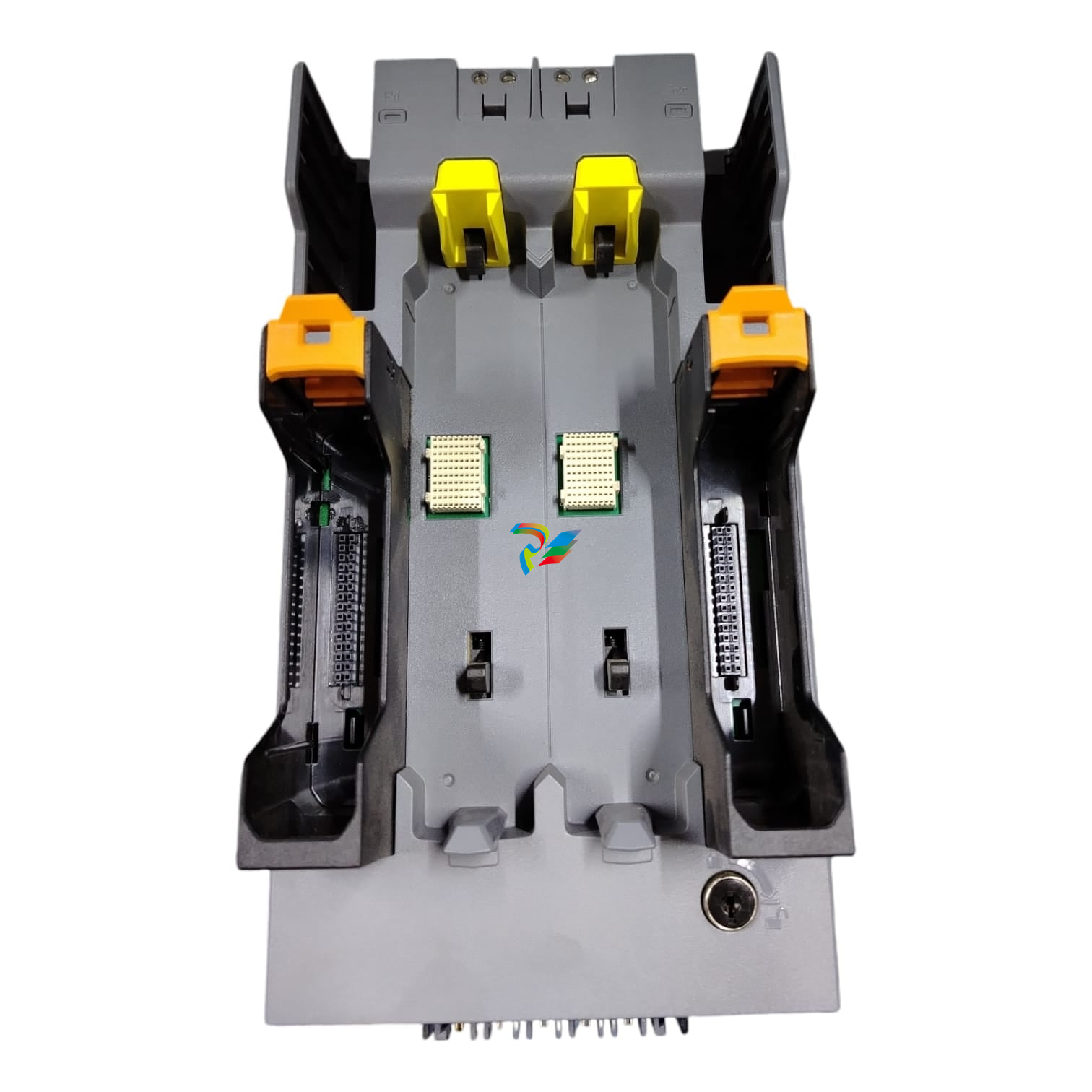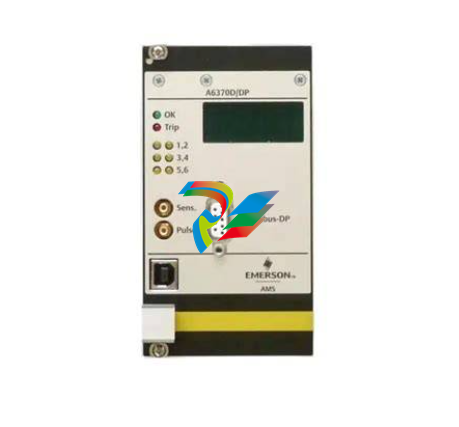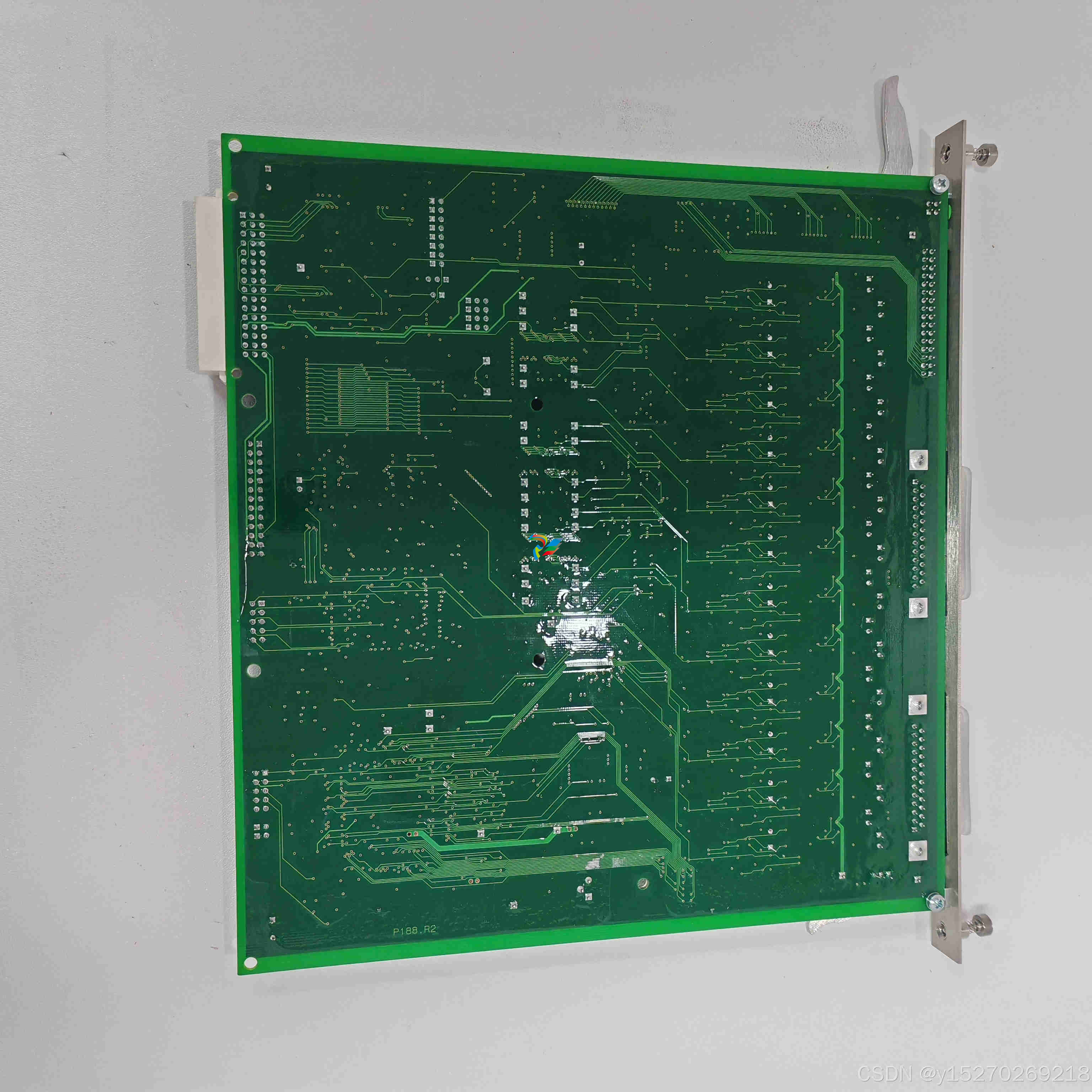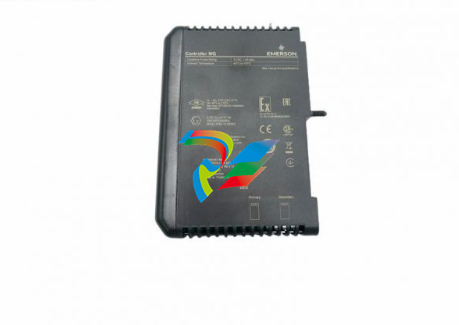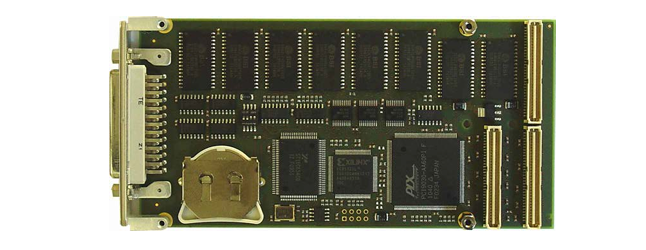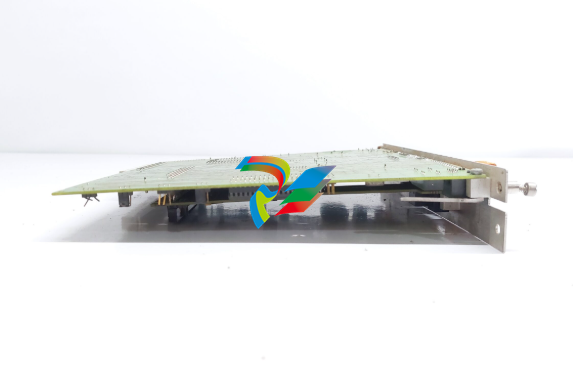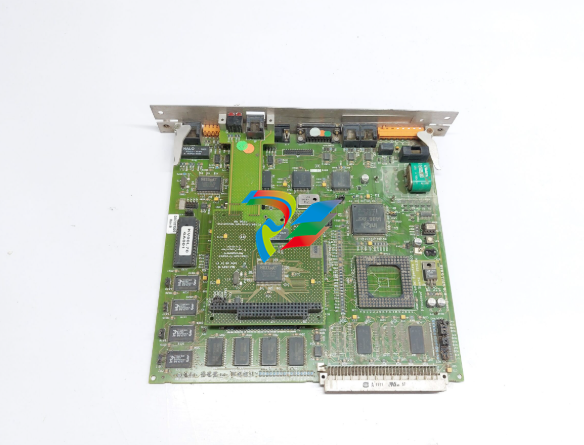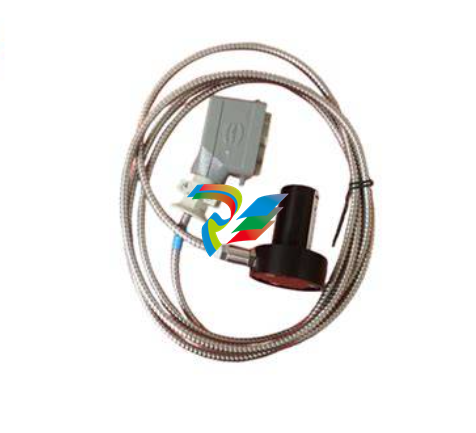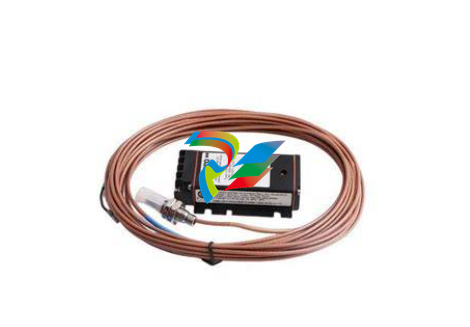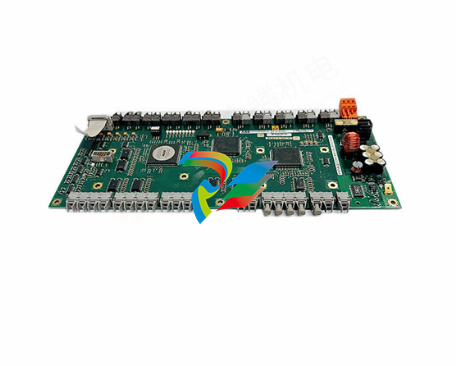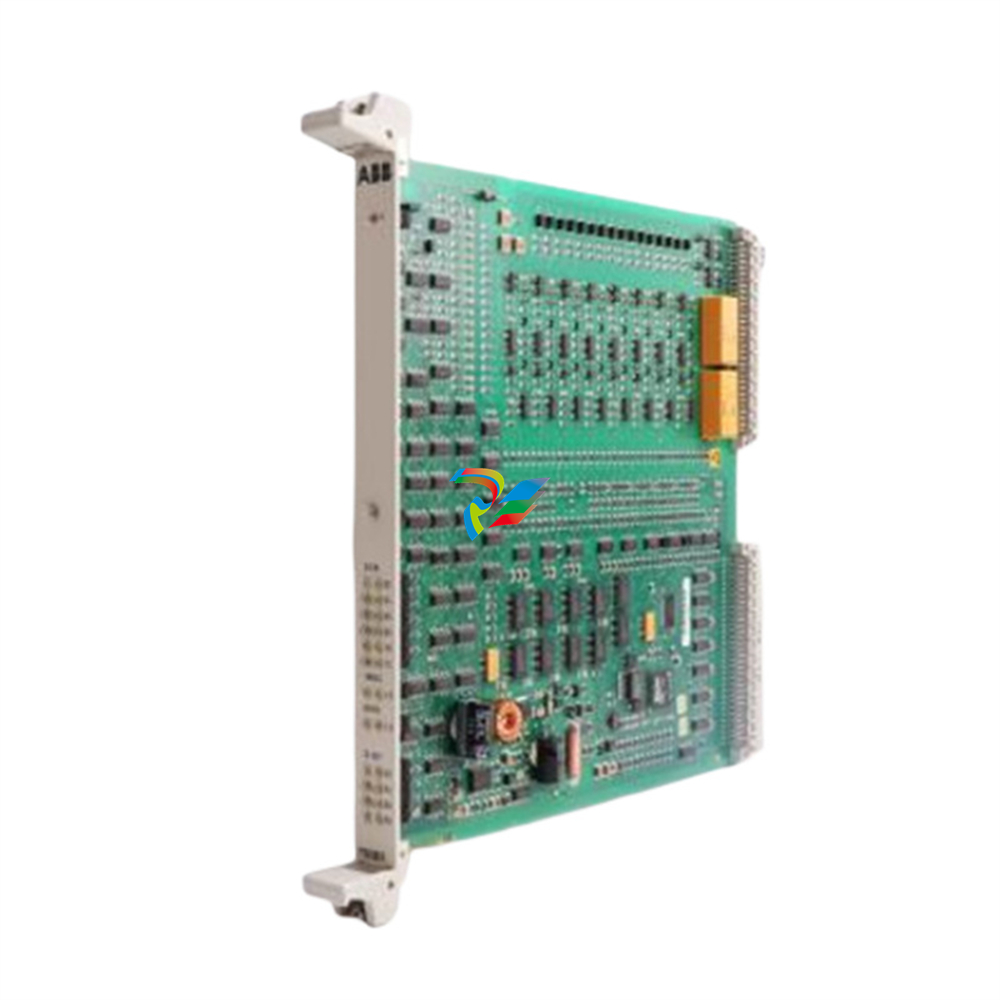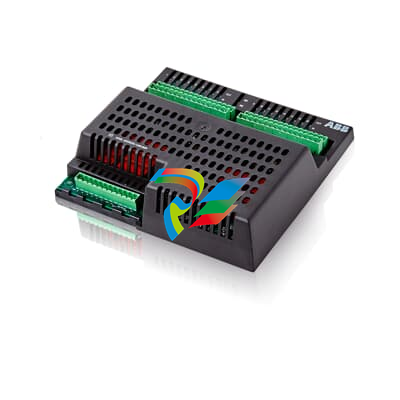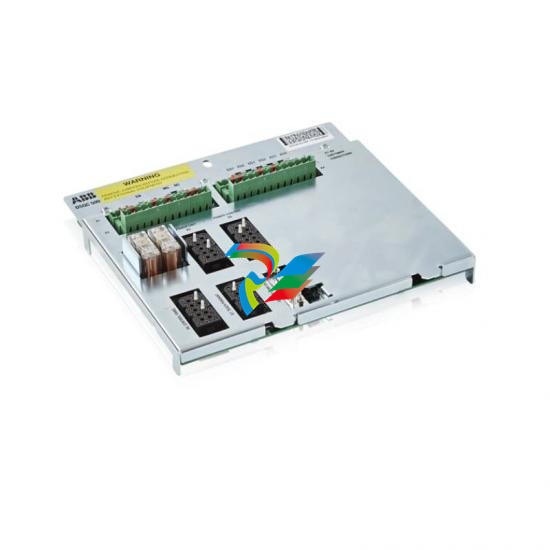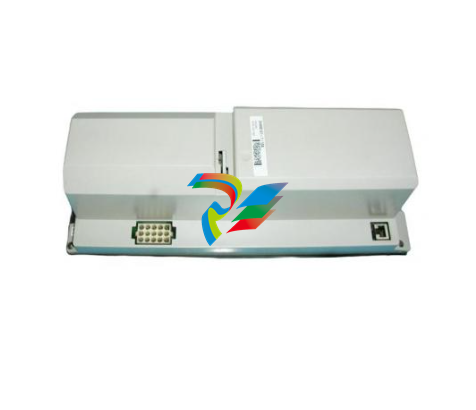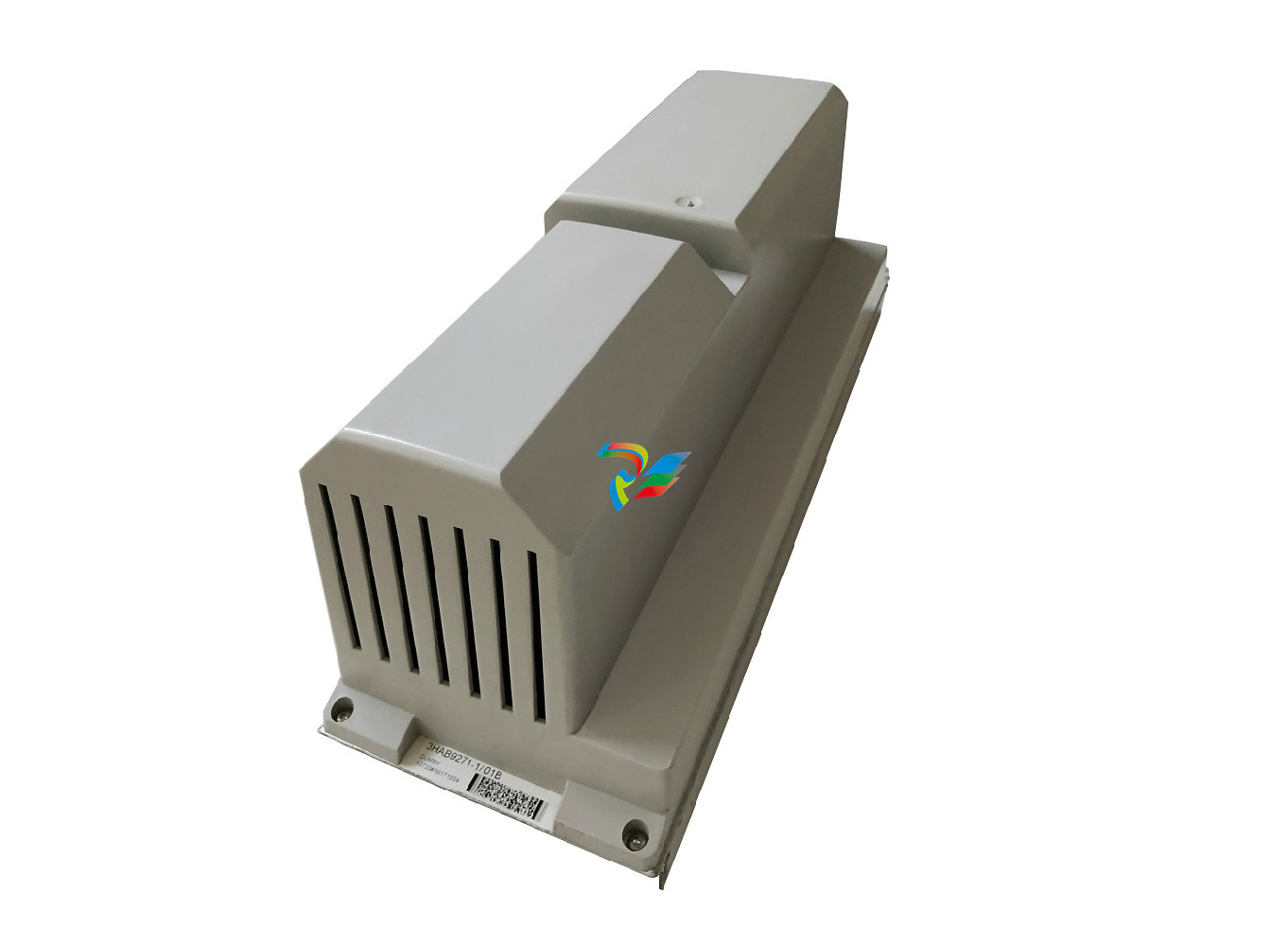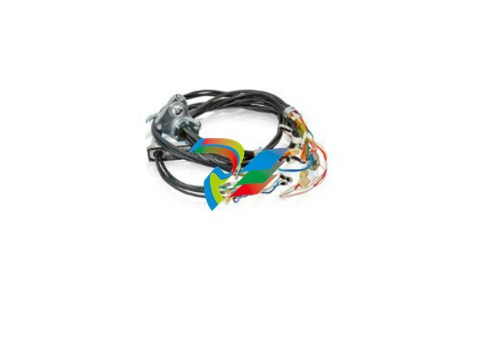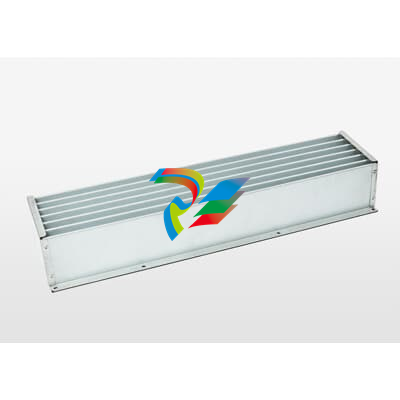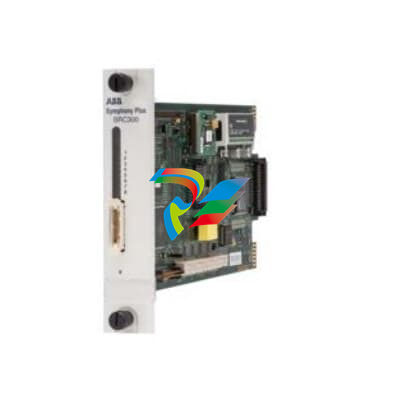
GEMotor Protection System Integrated process, control, and protection for low voltage motors
featured protection for low voltage AC motors
• Advanced automation capabilities providing customized
protection and integrated automation control
• Cost effective solution - Low cost modular design
• Small footprint and compact design - With or without
display, fits into standard MCC buckets
• Preconfigured logic for all standard motor starter types,
EnerVistaTM compatible
• Integrated motor control pushbuttons
• Remote monitoring via serial communications, Modbus RTU
• Easy installation and integration - Panel mount option
• Reduced number of devices - Replaces bi-metal overload
elements, integrates timers, relays, meters, switches,
indicators
• Motor protection and management system for low voltage
AC motors
• Specifically designed for Motor Control Centre applications
• Motor operational parameters and historical data
• Process data
• Phase and ground current, power, energy, voltage
• Status of relay inputs
• Trip record and pre-trip values
• Motor statistical information
Monitoring and Metering
User Interface
Protection and Control
• Motor Thermal Model
• Single phase / Current unbalance
• Contactor failure
• Locked/stalled rotor
• Ground fault
• Undervoltage, Overvoltage
• Overtemperature
• Acceleration Trip
• Thermistor Protection
• Starts per Hour / Time Between Starts
• Undercurrent and underpower
• Configurable motor start controller
• Undervoltage auto restart
• 40 Character LCD display
• Front Panel control push buttons and programming keypad
• 11 Motor and Relay Status LED’s
• RS485 ModBus™ , 1200 - 19,200 bps
Motor Protection System
Integrated process, control, and
protection for low voltage motors
Features
Applications
K
EnerVistaTM Software
• State of the art software for configuration and
commissioning GE Multilin products
• Document and software archiving toolset to ensure
reference material and device utilities are up-to-date
• EnerVistaTM Integrator providing easy integration of data
in the MM2 into new or existing monitoring and control
systems
Protection and Control
The MM2 is a digital motor protection
system designed to protect and manage
low voltage motors and driven equipment.
It contains a full range of selectively
enabled, self contained protection and
control elements as detailed in the
Functional Block Diagram and Features
table.
Thermal Overload
An overload trip occurs when the
thermal capacity value equals 100%.
Thermal capacity used is calculated from
accumulated I2t value and chosen
overload curves. True RMS current sensing
ensures correct response to the heating
effect of harmonics. One of 12 different I2t
time overcurrent overload curves may be
selected from eight standard curves and
four NEMA compatible curves.
Phase Unbalance
The MM2 monitors the percentage
unbalance in the motor phase currents. If
a phase current unbalance of greater than
15% exists for more than five seconds an
alarm is generated. If a phase current
unbalance of greater than 30% exists for
more than five seconds a single phase trip
occurs.
Locked/Stalled Rotor
To help prevent damage to mechanical
equipment such as pumps or fans, the
MM2 will trip when the running current
exceeds the stalled rotor trip level after the
programmed time delay. This feature may
be set to ‘OFF’ if desired, and it is disabled
during motor starting.
Ground Fault
The ground fault level is measured as a
percentage of the CT primary. Ground
overcurrent can be detected either from
the residual connection of the phase
CTs or from a zero sequence CT. A delay
time is set to prevent false alarms from
momentary surges. Both a ground fault
alarm and trip are provided. The alarm
can be set below the trip level to provide
an early warning of insulation breakdown.
Overtemperature
An input from motor winding thermistors
is available. The MM2 can accept both
positive temperature coefficient (PTC) and
negative temperature coefficient (NTC)
sensors. A thermistor level can be selected
for both alarm and trip.
Cooling Time
After an overload trip, the thermal
capacity value decreases exponentially
to model the motor cooling characteristic.
An overload trip can be reset when the
thermal capacity value decreases to 15%.
A stopped motor cooling time can be set to
determine how long it takes for a stopped
motor to reach steady state ambient
temperature from its maximum allowable
temperature.
Undercurrent/Underpower
Both undercurrent and underpower alarms
and trips are provided with time delays.
Protection against failed shear pin or loss
of pump flow, which may result in only a
small change in current, is provided by the
underpower alarm.
Undervoltage
For voltage sensitive loads, a drop in
voltage increases the drawn current,
which may cause overheating in the
motor. The undervoltage protection
feature can be used to either cause a trip
